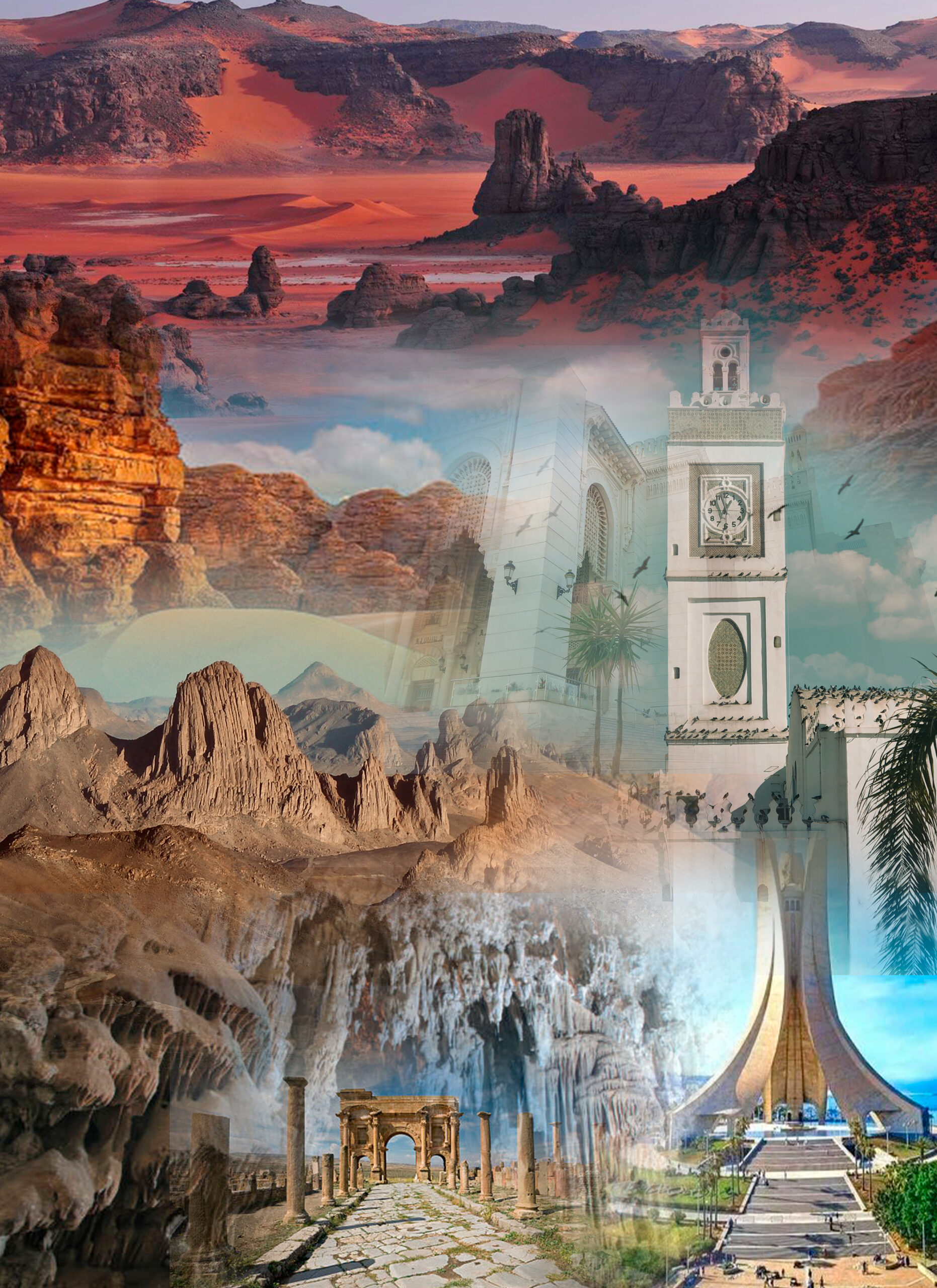A Journey through History, Architecture, Art, Spirits, and Festivities

Historical Significance:
Sourou, a province nestled in the western part of Burkina Faso, holds a significant historical significance that reveals the province’s deep cultural roots and contributions to the nation’s past. Exploring Sourou takes us on a journey through time, immersing us in the remnants of ancient civilizations and the stories of the people who have shaped the province’s identity.
The region has been inhabited by various ethnic groups throughout history, including the Mossi, Fulani, and Bobo peoples. Sourou played a pivotal role in the trans-Saharan trade routes, serving as a hub for the exchange of goods and ideas between West Africa and the Mediterranean region. The province’s location along these trade routes brought about cultural fusion and the establishment of vibrant markets that still exist today.
Sourou is also known for its connection to the powerful kingdoms that once thrived in the region. The Mossi Kingdoms, particularly the Kingdom of Yatenga, exerted their influence over Sourou, leaving behind traces of their governance and cultural heritage. The province was an important center for agriculture and played a crucial role in sustaining the Mossi Kingdoms’ economic and political power.
Architecture & Natural Splendors:
Sourou province is adorned with architectural marvels that showcase the region’s rich history and cultural diversity. The traditional architecture of Sourou reflects the influences of various ethnic groups, resulting in a captivating blend of styles and techniques.
One of the notable architectural features in Sourou is the Gurunsi earth houses. These unique structures, made entirely of clay and straw, are a testament to the ingenuity and craftsmanship of the Gurunsi people. The earth houses, with their distinct conical shape and intricate decorations, offer a glimpse into the traditional way of life and architectural traditions of the region.
In addition to its architectural wonders, Sourou province is blessed with natural splendors that captivate visitors with their beauty and serenity. The province is home to the majestic Black Volta River, which meanders through its landscape, providing a source of life and nourishment to the surrounding communities. The river offers opportunities for boating, fishing, and exploring the scenic beauty of the region.
Sourou is also known for its lush agricultural landscapes, with vast fields of sorghum, millet, and cotton stretching as far as the eye can see. The province’s fertile soil and favorable climate make it an agricultural powerhouse, contributing significantly to Burkina Faso’s economy. Visitors can witness the traditional farming techniques employed by local communities and gain a deeper understanding of the importance of agriculture in the region.
Moreover, Sourou province is a haven for nature enthusiasts, with its diverse wildlife and protected areas. The Mare aux Hippopotames, a natural reserve located in Sourou, provides a sanctuary for various species, including hippos, monkeys, and numerous bird species. Exploring the reserve allows visitors to witness the beauty of Burkina Faso’s wildlife and the importance of conservation efforts.
In conclusion, Sourou province in Burkina Faso is a mesmerizing destination that unveils the historical significance and architectural wonders of the region. From the remnants of ancient civilizations to the unique Gurunsi earth houses, Sourou showcases the rich cultural heritage that has shaped its identity. The province’s natural splendors, with its majestic river, fertile landscapes, and abundant wildlife, invite visitors to immerse themselves in the beauty and diversity of Burkina Faso’s western region.
©2024 | Authored by DocThomas.Art
©2024 | Authored by DocThomas.Art

